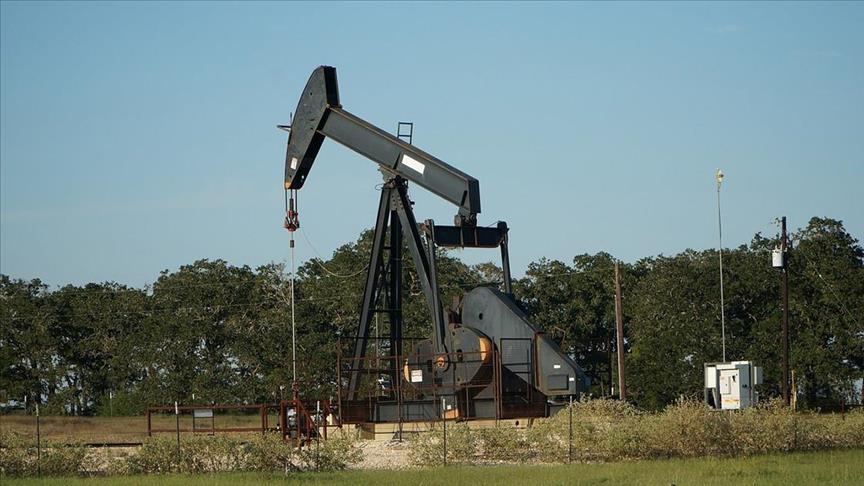Oil prices were mixed in a volatile trading session on Wednesday with data indicating an increase in US crude oil inventories, growing expectations of interest rate cuts from the US Federal Reserve (Fed) and ongoing conflicts in the Middle East contrary to cease-fire attempts.
International benchmark Brent crude rose 0.1% to $77.26 per barrel at 10.25 a.m. local time (0725 GMT), up from the previous session’s close of $77.20.
US benchmark West Texas Intermediate (WTI) fell 0.04% to $73.14 per barrel, after closing at $73.17 in the prior session.
Ongoing uncertainties about the timing of the Fed interest rate cuts, continue to impact oil prices.
According to estimates, there is a higher likelihood that the Fed will implement a 25 basis point rate cut in September. However, uncertainty persists regarding the monetary policy actions that may be taken through the end of the year.
Moreover, ongoing geopolitical conflicts in the Middle East continue to influence upward price movements by fueling market players’ supply fears.
The Palestinian news agency WAFA reported that, three Palestinians were injured on Tuesday in separate incidents involving Israeli army gunfire and attacks by illegal settlers across the occupied West Bank.
For months, the US, Qatar and Egypt have been trying to reach an agreement between Israel and Hamas to ensure a hostage swap deal and a cease-fire and allow humanitarian aid to enter Gaza.
However, mediation efforts have stalled due to Prime Minister Benjamin Netanyahu’s refusal to meet Hamas’ demands to end the war.
An informed Israeli source told public broadcaster KAN that Netanyahu continues to put obstacles before prisoner swap deal with Hamas.
Meanwhile, both benchmarks experience downward pressure with data released late Tuesday by the American Petroleum Institute (API) showing a 347,000 barrel increase in US crude oil inventories, against the market prediction of a 2.8 million barrel draw.
The increase in the US commercial crude oil reserves supported downward price movements by reflecting market perceptions of a weaker domestic demand.
Official figures from the Energy Information Administration (EIA) are scheduled for later in the day. If a rise in crude oil inventories is confirmed, prices are likely to fall further.

